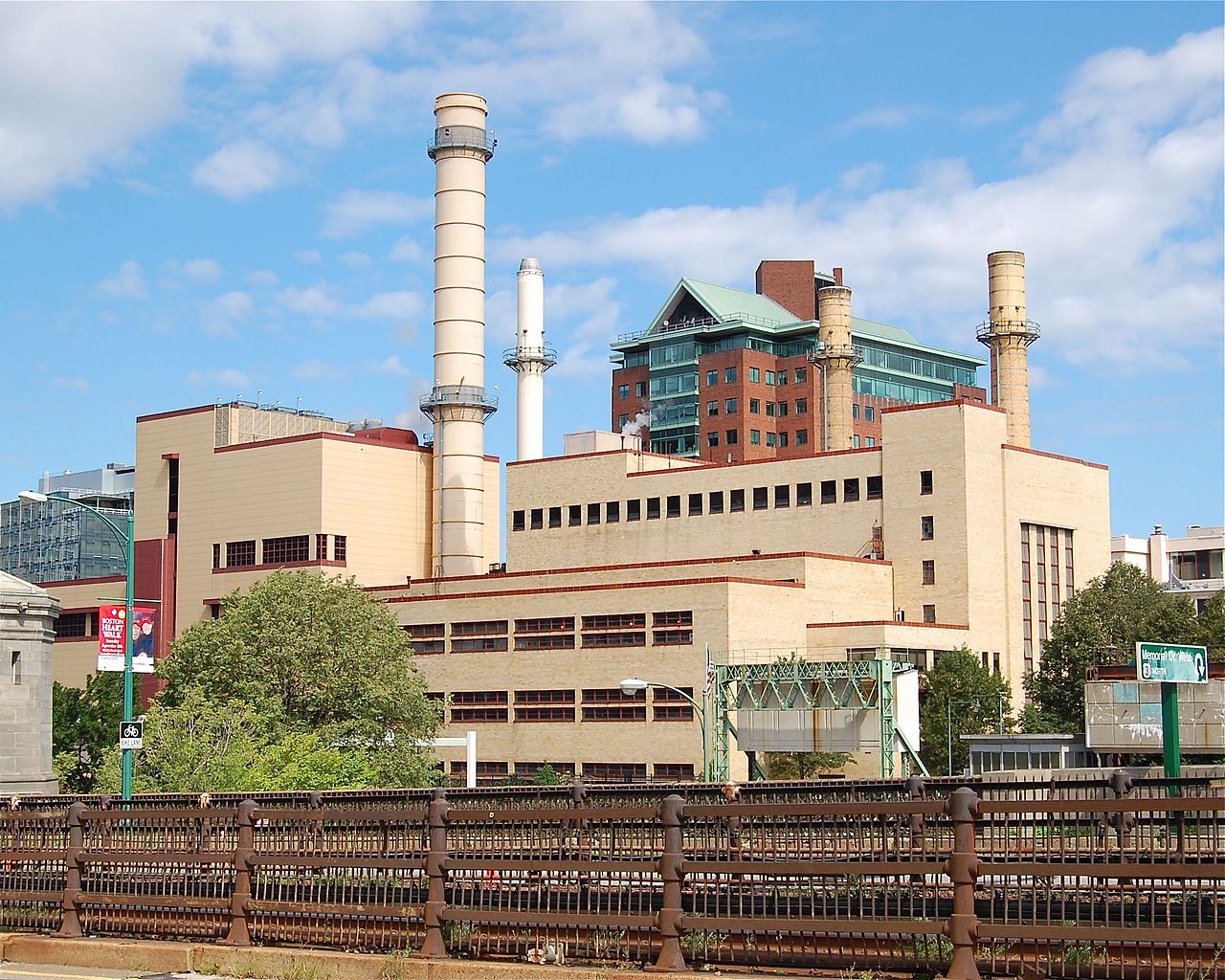This post is one in a series featuring the complete slate of advanced energy technologies outlined in the report This Is Advanced Energy.

Combined Heat and Power (CHP), also known as cogeneration, produces electricity and useful heat from the same fuel source in an integrated system. CHP systems recover exhaust or waste heat from electricity generation for use in industrial processes, space heating, and water heating. CHP technology achieves greater levels of overall efficiency than using separate thermal and power systems. Any fuel type can be used, including fossil fuels and renewable fuels. Because thermal energy (steam, hot water) is more difficult to transport than electricity, CHP systems are typically installed at sites with large, steady thermal loads, such as industrial facilities, college campuses, hospitals, and military bases. CHP systems can also power district energy plants, which produce steam, hot water, and/or chilled water at central plants, then distribute the steam or water to multiple buildings through a network of insulated pipes generally located underground. Combined cooling, heating, and power (CCHP) is a variation of CHP often deployed in hot climates, which uses the waste heat to drive a cooling system (via an absorption chiller) in addition to generating heat and power. CHP is closely related to industrial waste energy recovery, where industrial waste heat or other energy that is normally lost is captured to produce electricity or useful thermal energy in industrial processes.
The United States has benefited from CHP for over a century, with a CHP district heating system operating in New York City since 1882. At 83 GW nationally, CHP currently makes up about 8% of the country’s generation capacity, leaving ample opportunities for increased deployment. Hospitals and college campuses are good candidates for CHP because CHP systems can continue to generate power during grid outages. During Hurricane Sandy, several CHP systems in New York, New Jersey, and elsewhere continued to provide reliable electricity and heat for several days while the grid around them was offline. In Wisconsin, Gundersen Health System’s Onalaska campus became the first “energy independent” hospital in the country in 2014 by installing a CHP system that uses landfill gas from a local landfill. Similarly, the University of Texas at Austin, has relied on CHP and district energy systems for 100% of its power, heating, and cooling needs for its campus since 1929. Moreover, UT Austin recently reduced its energy consumption to 1977 levels by expanding and improving these systems for greater efficiency. District Energy systems can serve much more than a college campus — a natural gas- fired CHP facility run by Veolia uses a 26 mile pipe network to provide heat for much of Boston and Cambridge.
In the United States, average power plant electrical ef ciency is about 34%, meaning that roughly two-thirds of the energy content of the fuel is wasted. While best-in-class power plants have efficiencies of about 50% to 55%, CHP plants can typically achieve overall fuel efficiencies (electricity plus heat) of 75% to 85%, and sometimes even higher. Higher efficiency translates to cost savings. A $3.5 million initial investment is expected to save Gundersen Health System approximately $400,000 in energy costs annually while providing the county with $200,000 in annual revenue, and UT Austin saves an estimated $10 million annually relative to energy purchased from the grid.
Image courtesy of Fletcher6 / Wikimedia Commons.
